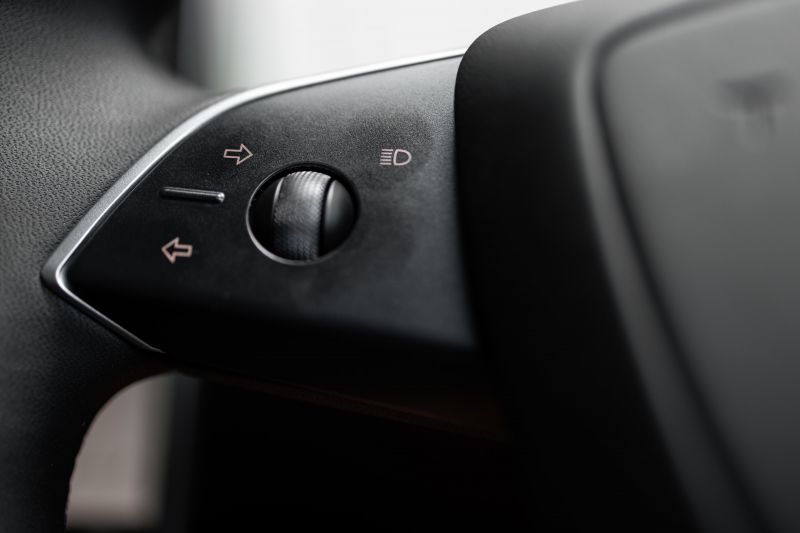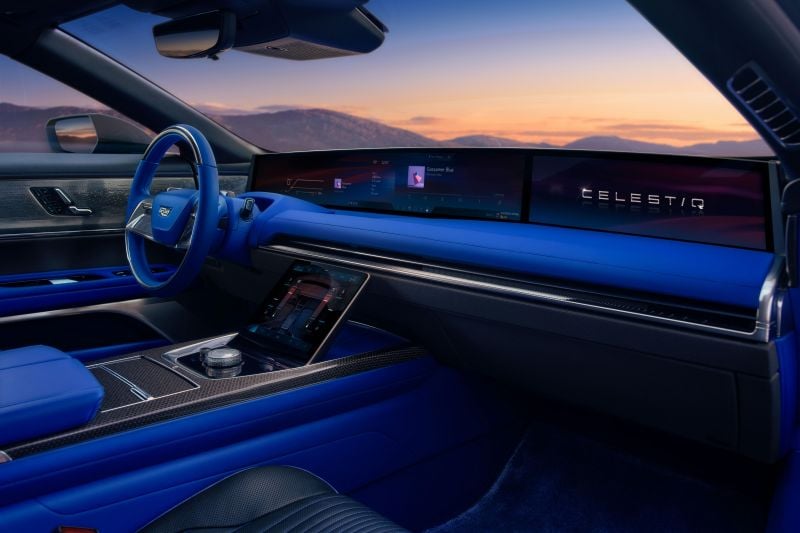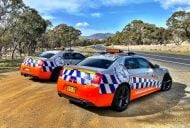The peak body for assessing new car safety in Europe is reportedly set to introduce criteria which will strongly favour models with physical buttons and knobs to control safety-critical functions.
As reported by UK newspaper The Times, Euro NCAP – the European counterpart to Australia’s ANCAP – will introduce the new rules from January 2026 which will result in points being deducted for certain vehicle functions not being easily accessible via physical controls.
This includes indicators, hazard warning lights, windscreen wipers, activating an emergency calling system and even using the horn.
While these functions are almost universally controlled by physical buttons and stalks in modern cars, carmakers have been pushing the limits on how many features they can push into a touchscreen – saving manufacturing costs.
The Tesla Model 3 and Model Y’s windscreen wipers can be turned on by a button on its steering wheel – rather than a stalk – with the speed controlled via the touchscreen.
This led to a court case between a Tesla Model 3 driver and German authorities, after the motorist crashed while trying to adjust the speed of his car’s wipers. The driver was charged with the same penalty for using a mobile phone while driving.
Tesla’s updated Model 3 has also moved its indicator controls from stalks on the steering column to buttons on the wheel – which would not necessarily fall foul of the new Euro NCAP guidelines, but has already been met with complaints from drivers who have had to relearn how to indicate.
Euro NCAP’s director of strategic development, Matthew Avery, told The Times that the new rules align with more upcoming test criteria which will reward more advanced driver attention monitoring systems.
“The overuse of touchscreens is an industry-wide problem, with almost every vehicle-maker moving key controls onto central touchscreens, obliging drivers to take their eyes off the road and raising the risk of distraction crashes,” Mr Avery said.
“New Euro NCAP tests due in 2026 will encourage manufacturers to use separate, physical controls for basic functions in an intuitive manner, limiting eyes-off-road time and therefore promoting safer driving.”
It’s worth noting that while Euro NCAP and ANCAP are responsible for assessing a new car’s safety credentials, rules set by the organisations are not strict regulations which carmakers need to abide by.
In Australia, a car can be awarded a zero-star ANCAP safety rating – such as the new MG 5 sedan and Mahindra Scorpio SUV – but comply with Australian Design Rules (ADRs), which allow it to be legally sold in showrooms.





